- Joined
- Nov 3, 2013
- Messages
- 2,220
Guess I meant the SinellaWhich one? The 2 greys are both unostrigata, white is Sinella curviseta, small bluish ones are Lepidocyrtus.
Guess I meant the SinellaWhich one? The 2 greys are both unostrigata, white is Sinella curviseta, small bluish ones are Lepidocyrtus.
I have 2 species of them. The longer, prolific ones are subterranean and can easily be found in moist soil. They can be hard to spot at first as they curl up into balls and stay still when disturbed. The second pudgier species was found under half submerged rocks on the edge of a local (manmade?) pond. Rancid mud is surprisingly diverse! Speaking of Onychiuridae, my group of the second species have died out. I'll try a different setup the nest time I can collect some. On a different note, heres some cute velvet mites that came in on the liverwort I collected. Didn't know we even had them here.How do you find the Onychiuridae? I love how they look! the only springtails I find/keep are what you identified as I think the common tropical ones (Sinella something?)

Beautiful! I think velvet mites are cosmopolitan (maybe not in desert or tundra). When I knew what to look for I started seeing them all over the place.On a different note, heres some cute velvet mites that came in on the liverwort I collected. Didn't know we even had them here
South Californian deserts are home to Dinothrombidium, so they can live in very dry places. Heres another species I found yesterday, a single individual under a log next to some Brachycibe producta. Surprising that they've already started to come out without rain, perhaps the fog we got wettened the soil sufficiently.Beautiful! I think velvet mites are cosmopolitan (maybe not in desert or tundra). When I knew what to look for I started seeing them all over the place.
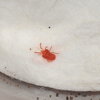
Ball like springtails are globulars of some sort, if you're in Europe then Sminthruides seems like a likely genus.So interesting thread!! I had a tiny colony of oribatids in my isopods bin but I didnt know what kind of mites was.
I have three or more species of springtails living along my isopods, but I dont know what specie are.
I found ball like springtails living on water surface of my tanks of fish.
I use a nikkon d3300 with a nikkor af 18-55mm kit lens. Far from ideal and I have to crop the actual photos a ton(which is why they're so grainy) but an actual macro lens is out of my budget range.What cam or microscope do you use to make photos of springtail??

Symphylans are really easy, they can actually be kept in a conventional charcoal tub if you get rid of the stagnant water and instead just have moist charcoal. Diplurans I haven't had much success with, but they should be relatively simple as well. Both feed on decaying plant matter, unless you have japygid diplurans which are predatory.How easy breed simphylams and diplurans???
I love it! It's like something out of a Ghibli film.Check out this tiny glob I found under my trap. Not sure if it's a juvenile or just a really small species, either way it goes in with my Isotomurus.
View attachment 365061
View attachment 365062
View attachment 365063
View attachment 365064
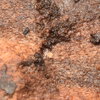
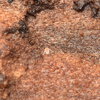
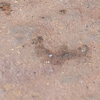
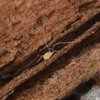

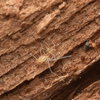


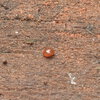
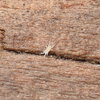
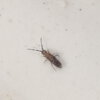







Haha, I'd love to. Planning on having some field of biology regarding small arthropods be my college education, although I'm not certain of which one yet. Entomology is my go to for now, specifically myrmecology.@Ponerinecat, your fascination with micro species is inspiring. Can you go become a collembologist and microarachnologist or something?
Thanks,
Arthroverts